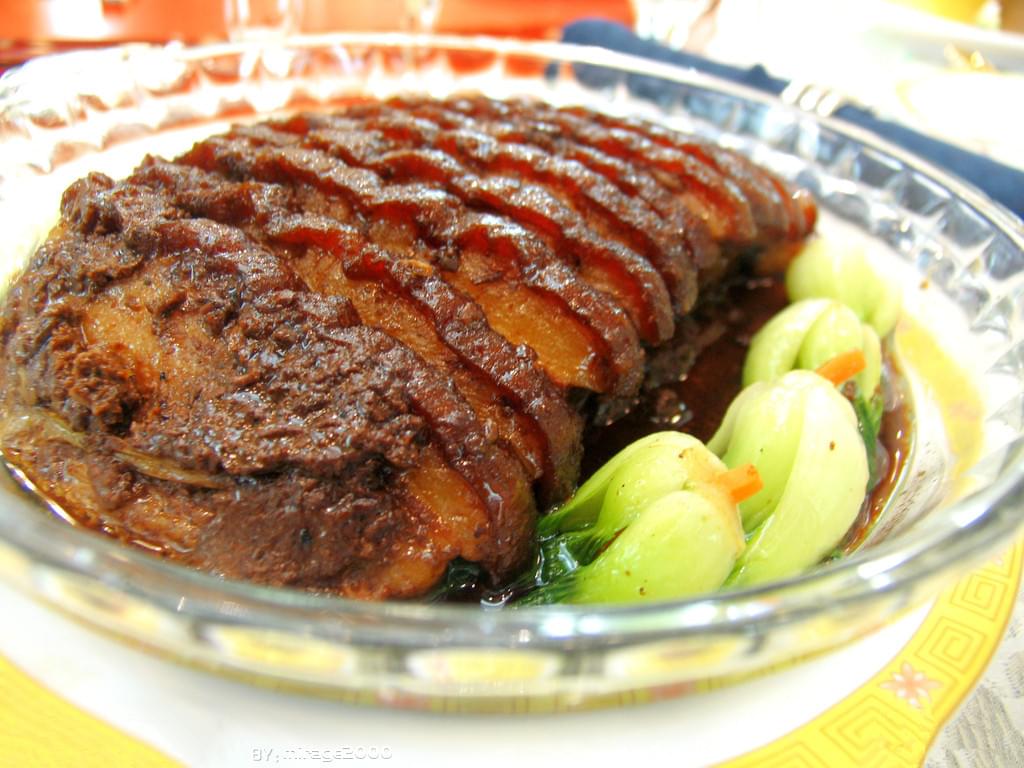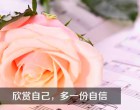
颐和园英语作文七句话【一】
一次,妈妈领我去理发,理发店离我家很远,我央求妈妈坐三轮车去,妈妈拒绝了。
走了一段路,我吃不消了,脚走的生疼,正好有一辆三轮车经过,我再一次恳求妈妈。妈妈瞪了我一眼,呵斥道:“没出息,走这么一点路就嫌累,自己的路怎么能让别人帮着走!”我很伤心,我想:妈妈一点儿也不关心我,是一个不合格的妈妈!
到了理发店,连个座位都找不着,只能眼睁睁地看着别人悠闲地坐在椅子上理发,我只好蹲下等。过了好长时间,终于轮到我了,可是,我头发本来就短,在往短剪,只用了几分钟就能剪完。我高兴地登上座位,心想:终于有座位了。阿姨开始给我剪头发,我感觉屁股才坐稳,阿姨就告诉我剪完了。我只好和妈妈走出了理发店。还没走几步,我就不想走了,可妈妈总是鼓励我,我咬咬牙,坚持走到了家。
从这以后,每当我有困难时想依赖别人时,都会想起妈妈那句“自己的路怎么能让别人帮着走”的话。是啊,自己的问题是不能让别人帮着做的。
“自己的路怎么能让别人帮着走”这句话将永远作为我的座右铭。令我终生难忘。
颐和园英语作文七句话【二】
“无论做什么事情,从事什么工作,都得尽职尽责,因为这是老师和同学们对你的信任。”李老师意味深长的话语又响在我的耳畔。不知为什么,李老师说了好多帮助我学习的话,唯独这句话让我始终难忘。
记得上四年级的时候,李老师见我学习不错,组织能力也过关,就让我当了个小组长,官不算大,每天收八个人的语文作业,然后认真检查,写得烂的让他重写,最后上交给老师。
可是,纸是包不住火的,终于有一天,早读的时候,李老师让我到外面去,我的心“咯噔’一下,觉得情况不妙。李老师等我走出教室,自己也跟着出来了。她拍了拍我的肩膀,脸上露出了慈祥的笑容,说:“最近,我发现你们组的作业质量有些差劲,你是组长,能告诉我这是为什么呢?”“这……”我无言以对。
老师拿了一本作业,对我说:“这个同学是你们组的,你自己看看吧。”说着,老师脸上露出严肃的表情。我的心里就像揣了一只小兔子一样,嗵嗵直跳,看着那本写得一塌糊涂的作业,我羞愧极了。李老师语重心长地对我说“无论做什么事,担任什么工作,都得尽职尽责,因为这是老师和同学们对你的信任。”我使劲地点了点头。
这句话让我始终难忘,每当我极不耐烦,想应付了事的时候,就会想起这句话,它一直鞭策着我,鼓励我做好每一件事情。
颐和园英语作文七句话【三】
成长的道路是艰难的,而我正在成长的道路上,以坚韧顽强的性格行走着。有压力但没有屈服,有疼痛却没有溃败。我就像一只破茧而出的碟,经历着成长的喜悦与阵痛。
在去年寒假,正处于叛逆期的我总是处处和父母作对。父母说什么不听什么,弄的父母很头疼。而我还总是以为:我长大了,成熟了,有了自己的思维了,能自己做主了,你们不用管我了!但在这个寒冷的冬天,表姑却给我上了一课……
“不!我就不!我又声嘶力竭地和妈妈嚷起来。其实妈妈就是让我烧一壶水,力所能及的事情为什么不做呢?而我却口是心非地说出了“不”。在一旁的表姑见我这样,不慌不忙地走过来说:“天存,我能和你聊聊吗?我在隔壁的屋等你。”表姑是个鬼点子特别多的人,我这次倒是要看看表姑葫芦里买的是什么药!
我敲了敲门,走了进去。表姑已经在那里了,她让我坐下,没等我问,她就先发话了:“天存,你先在正处与青春期,叛逆心理是常有的。度过青春的河,穿越黑暗的隧道,都是每个人必经的道路。而这个道路却是十分艰难的。”“艰难?成长会有什么艰难?”我不解地问道。表姑耐心地回答我的问题:“这种‘艰难’更多来自于内心的惶惑与焦虑。诸如:升学压力、人际关系。在青春期的你们看起来就像荡着情绪的秋千。而家长就是疏导你们内心风暴,陪伴你们健康成长的良师。所以,现在在青春期的你,应该更好的回报父母,而不是和父母作对,要知道,化蛹为蝶,成长终究是要承担的。”
表姑的一番话,使我又震撼又感动。是的,成长是需要承担的,就像石块下的草籽儿,终究要在重压之下顽强而又愉快地释放生命的能量,发芽,出土,挺立,迎着风雨沐浴着阳光。
颐和园英语作文七句话【四】
??颐和园英语作文范文The Summer Palace can be divided into two parts: Longevity Hill and Kunming Lake. The whole garden covers an area of 290 hectares, of which three- fourths consists of a lake and rivers. This imperial garden features 3,000 room-units and covers an expanse of 70,000 square meters with more than 100 picturesque spots of interest. The layout of the Summer Palace includes three groups of architectures: palaces where the emperor attended to state affairs, resting palaces of the emperor and empress, and sightseeing areas. Entering the East Gate we will come the office quarters. Entering the East gate we will come to the office quarters. The annex halls on both sides were used for officials on duty.
This is the Gate of Benevolence and Longevity. Above the door there is a plaque bearing the same name in both Chinese and Manchurian characters. The gigantic rock in the foreground is known as Taihu rock, or eroded limestone, quarried in Jiangsu Province and placed here to decorated the garden.
On the marble terrace sits a bronze mythical beast, known as Qilin or Xuanni. It was said to the one of the nine sons of Dragon King. A point of peculiar interest is that it has the head of a dragon, antlers of a deer, the tail of a lion and hooves of an ox, and is covered with a unique skin. IT was considered an auspicious creature that brought peace and prosperity.
This grand hall is the Hall of Benevolence and Longevity. It was built in 1750, and was known as the Hall of Industrious Government. Emperor Qianlong ruled that the halls where monarchs attended to state affairs would be named after them. After the rebuilding of the Summer Palace, the hall was renamed, suggesting that benevolent rulers would enjoy long lives.
The arrangement of the hall has been left untouched. In the middle of the hall stands a throne made of sandalwood and carved with beautiful designs. In the background there is a screen carved with nine frolicking dragons. On either side of the throne there are two big fans made of peacock feathers, two column-shaped incense burners, crane-shaped lanterns and an incense burner assuming the form of Luduan, a mythological animal which was suppose to have the power to prevent fire. The small chambers on eight side were where the Emperor Qianlong and Empress Dowager Cixi rested and met officials on formal occasions.
On the verandah in the foreground of the hall there are bronze statues of dragon and phoenixes which served as incense burners on major occasions. They are hollow and smoke comes through holes on their backs. Also on the veranda are Tai Ping (Peace bronze water vats made during the reign of Emperor Qianlong. As a precaution in case of fire, a fire was lit underneath the vats in the winter to keep the water in them from freezing.
(At the entrance of Garden of Virtuous Harmony
Outside the East Gate–in front of the Hall of benevolence and Longevity- in front of Garden of Virtuous Harmony-in front of the Grand Theater Building- a lakeside walk from the Garden of Virtuous Harmony to the Hall o Jade Ripples- in front of the o Jade Ripples- in front of the Yiyunguan (Chamber of Mortal Being-Hall of happiness and longevity- in front of the Yaoyue (Chamber of Mortal Beings-Hall of Happiness and Longevity-in front of the Yaoyue (Inviting the Moon Gate of the Long Corridor- strolling along the Long Corridor- visiting an exhibition of cultural relics- in front of the Hall of Dispelling Clouds- inside the Hall of Dispelling Clouds- atop the Tower of Buddhist Incense- on a hilltop leading from the back door of the Tower of Buddhist Incense- on a hilltop leading from the back door of the Tower of Buddhist Incense- inside the Garden of Harmonious Interest –outside the south gate to Suzhou Shopping Street- atop the stone bridge inside the Suzhou shopping street –on the road from the south gate of suzhou shopping street- on the road form the south gate of suzhou shopping street to the marble boat- in front of the ruins of the Garden of complete spring –along the lakeside by the marble boat-boating on the Kunming Lake-leaving out through the East Gate.
(Outside the east gate
Ladies and Gentlemen:
Welcome to the Summer Palace. (After the self-introduction of the guide -interpreter I hope this will be an interesting and enjoyable day for you.
During our tour, you will be introduced to time honored historical and cultural traditions, as well as picturesque views and landscapes.
The construction of the Summer Palace first started in 1750. At that time, the Qing Dynasty was in its heyday and China was a powerful Asian country with vast territories. The monarch in power then was Emperor Qianlong. With supreme power and large sums of money, he summoned skillful and ingenious artisans from all over the country to carry out this construction work in honor of his mother's birthday. After 15 years and one seventh of the nation's annual revenue spent, the Garden of Clear Ripples was completed and served as a testimony to China's scientific and technological achievements. In 1860, this vast royal garden was burnt down along with the Yuanming Yuan (Garden of Perfection and Brightness by Angol-French allied forces. In 1888, Empress Dowager Cixi reconstructed the garden on the same site and renamed it the Garden of Nurtured Harmony (Summer Palace. Characterized by its vast scope and rich cultural embodiments, the Summer Palace has become one of the most famous tourist sites in the world.
This is the main entrance to the Summer Palace-the East Gate On top of the eaves of the door there is a plaque bearing a Chinese inscription which means "Garden of Nurtured Harmony", whose calligrapher was Emperor Guangxu. The gate that you are now entering was used exclusively by the emperor, the empress and the queen mother. All others used the side doors.
















